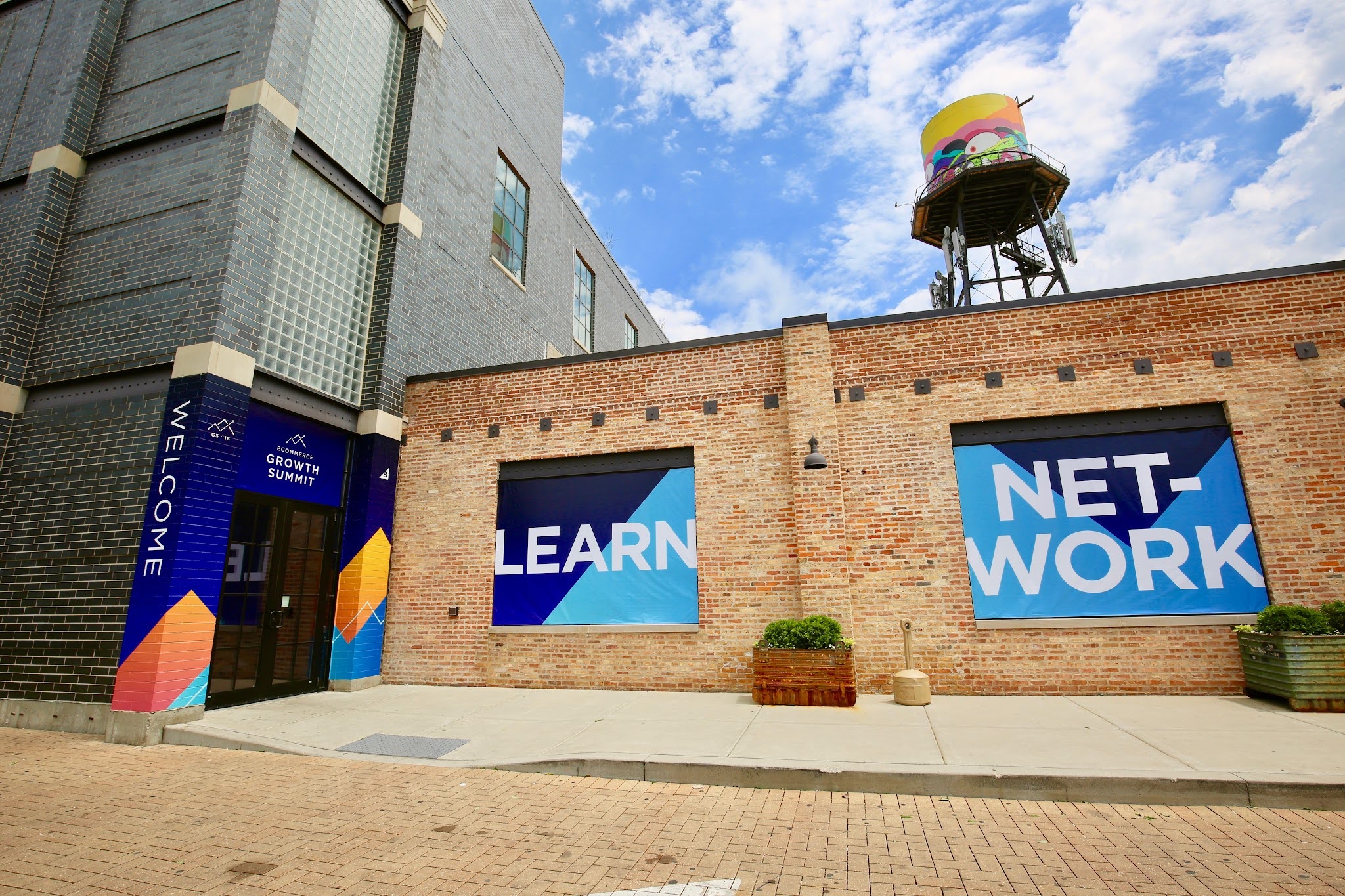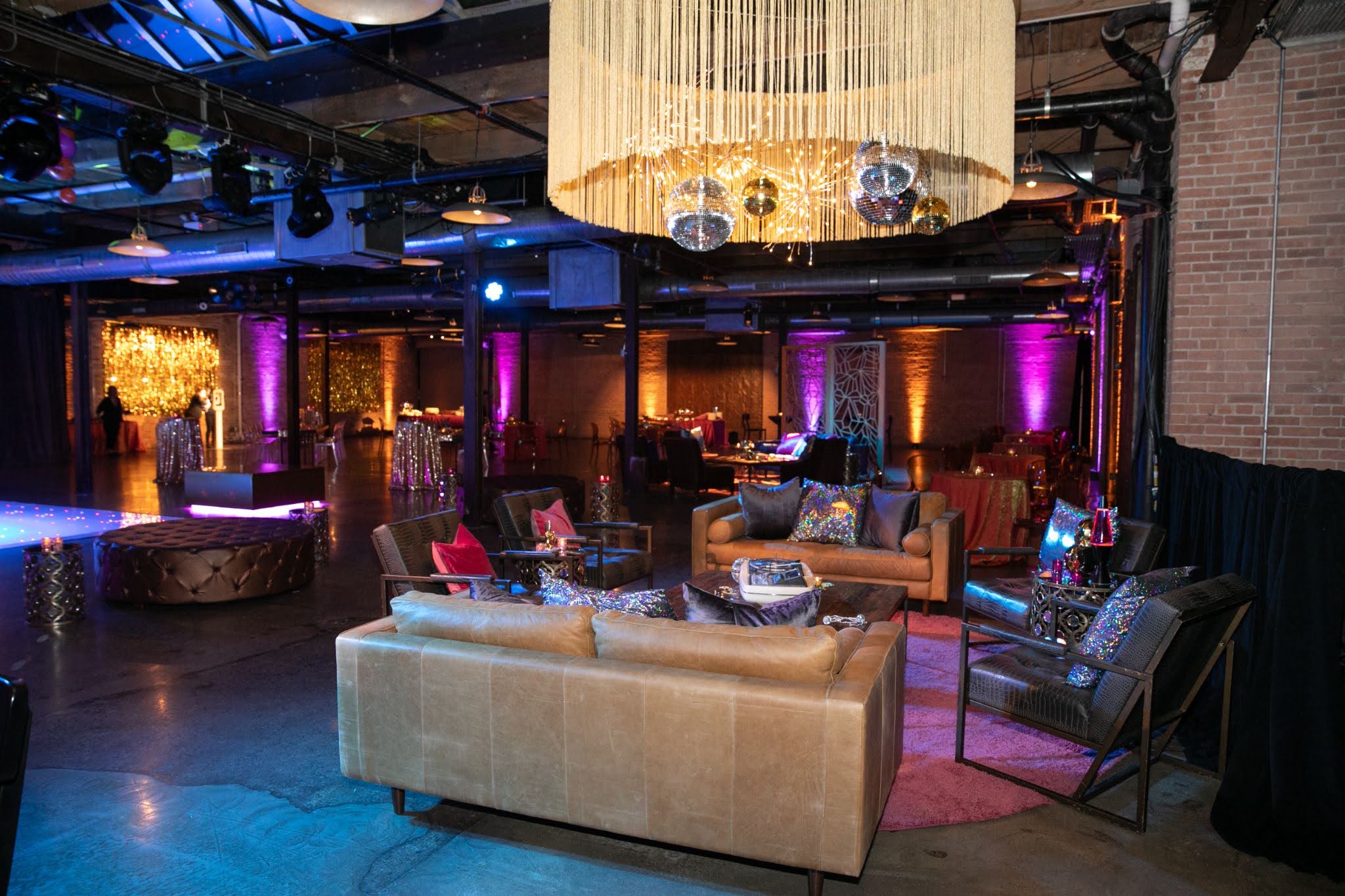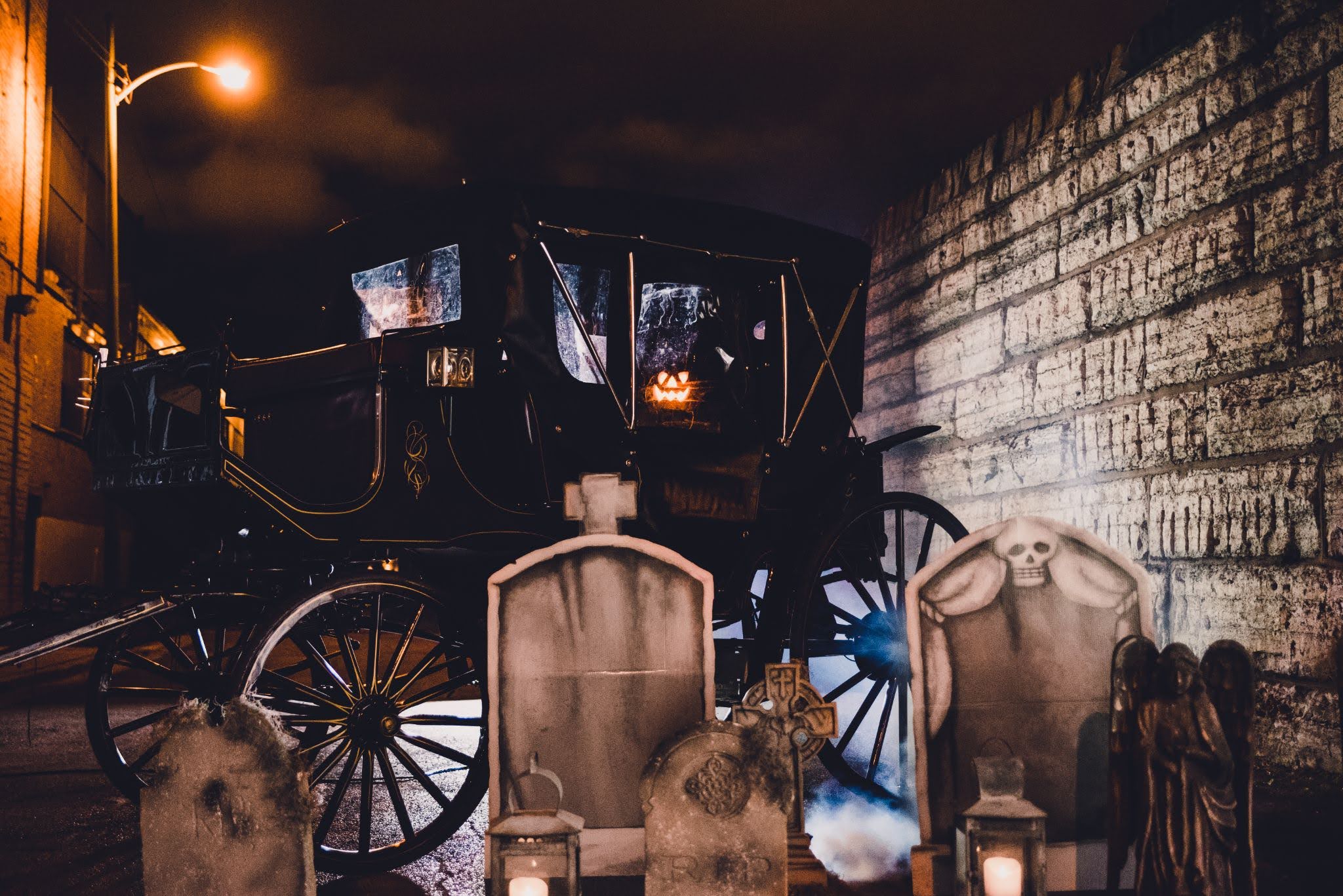Security is a growing concern throughout the live events industry as a whole. Below, I highlight three different types of security targets we have encountered recently, from being a part of the team executing an event featuring former President Obama while he was still in office, to managing protests during an event, to highlighting and showcasing an increased sense of security while also stealthily executing an event in a very highly secured environment.
—Security of a Particular Speaker
The Next Level team had the opportunity to work alongside the Executive Office of the President for an event in Chicago last year. It may be safe to say, there are few people in the world who require the level of security than that of the President of the United States. When working on an event of this nature, security for both the President, as well as for the attendees of the event, is the number one consideration influencing every event design decision and every logistical movement throughout the space. There are the obvious security measures of securing the perimeter of the space, utilizing various types of security barricades including fencing and magnetometers as well as larger structures like utilizing salt trucks and activating road closures. Additionally, it is quite common to shift the natural flow of an event environment disrupting the familiarity for security reasons. While thinking through the risk plan and focusing your primary attention on the many potential threats facing you and the team might be a bit unnerving at first, it gradually becomes very comforting once you realize you are in one of the most secure environments you will ever be. As planners, we pride ourselves in having a Plan B in our pocket, however, working alongside the best of the best in contingency planning exposes you to a whole new level of understanding what it means to be prepared for any security threat that may come your way.
—Security of Event Participants
The rise of social media has also created a rise in the ability for activist groups to form and organize civil protests very quickly. One of our clients is a university that upholds and encourages their students and community to utilize their First Amendment right to the freedom of speech. It creates a difficult dichotomy when doing events, particularly high-level events on campus, as you are likely to be confronted with an act of protest in one form or another. Knowing and understanding the rights of peaceful protesters is becoming paramount for the event professional. Understanding when, where, and how large a protest may be is key to successfully managing the situation and keeping the event on track. Open communication with your security professionals, as well as knowing how to de-escalate a situation allowing the protesters to be heard while also keeping attendees of your event safe, is a delicate yet essential balance. It is important to know and understand that most protesters do not want to incite violence or create a dangerous environment; they just want to be heard. It is also important to know that most protesters know their legal rights and know the exact line they are able to toe without breaking the law. It is imperative that as a meeting planner responsible for the safety of an event, you know these facts as well.
—Security of a Venue and its Contents
The Next Level team was tasked with having a semi-public event on the property of a data center whose key product is the security of the venue in which they guarantee the safety and security of their client’s information. By design, the venue is a fortified and very controlled environment on any given day of the week. However, when inviting 500+ members of the community to the site for a grand opening event, the existing security measures are challenged due to the increased number of attendees all coming at once. The Next Level team came to the table with the existing security team to strategize and implement the exact measures necessary to ensure the same level of security on the days of the events. It was important for many of the guests to see and experience the heightened level of security as they are also clients of the company, and it is their company’s information being protected. However, it’s not likely the attendees knew exactly how many times they were being passed through security checkpoints from before the moment they arrived onto the event site, through the gates getting onto the property, through registration and the programming tents, to the building tours, and ultimately entering the highly secured areas of the venue. A combination of uniformed and plain-clothed security personnel, security cameras, and the full event team executing the event were all constantly monitoring the movements and actions of attendees, paying close attention to physical movements throughout the venue, photos being taken of the property and any odd behavior throughout the event.
To say that our workload has increased due to heightened focus on security may not be accurate, as we have always had to have emergency contingencies as a part of the planning process. However, the level of documentation, disclosure, increased angles of risk and time focused on security meetings and communication of plans has definitely increased.
Planners should have a comprehensive checklist of potential risks and threats for any event. In addition to this comprehensive checklist, a planner should keep an eye on the local news to understand the current climate in the location of their event. Finally, it has become even more essential to have that difficult, yet necessary, conversation with the client to understand any potential threats that may be targeting the company, the content being presented, or any of the speakers or participants of the event.
This thorough understating of potential threats informs an equally thorough approach in managing any situations that may arise. Just remember, the fear of the unknown and not being prepared is far worse than having a clear, concise and well thought-out contingency plan (or two or three) at the ready.





